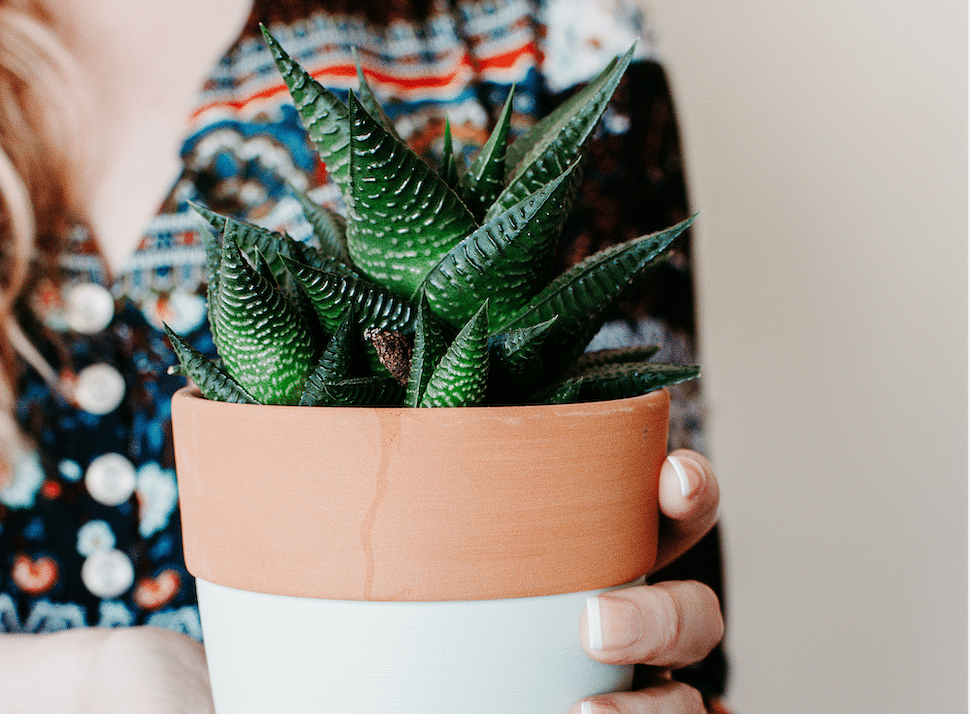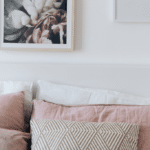Although we can’t see them, toxins (harsh chemicals) can cause damage to both our body and nervous system. If you’ve discovered a new allergy, are experiencing thyroid issues, headaches or respiratory issues, you may be having a reaction to the toxins in your home.
So what kinds of toxins can be found where? And what can you do about them? Let’s break it down.
Flame Retardants
Flame retardants are commonly used in building materials and furniture to slow down or prevent the spread of fires. They can also be very harmful to our health. In the 70s and 80s, widespread fire prevention laws mandated the use of flame retardant in household fabrics. This, unfortunately, means that many homes are off-gassing dangerous and toxic fumes.
Exposure to flame retardants has been linked to thyroid problems, reduced fertility, and developmental delays in children. Choosing antique furniture and household items that are labeled “flame-retardant-free” or made with natural materials can help reduce your exposure to these toxins.
Formaldehyde
Conveniences like ultra-soft and wrinkle-free come at a cost. Many bed sheets and blankets contain harmful ingredients like formaldehyde which is a colorless gas that is commonly used in the manufacturing of building materials, household products, and personal care items.
Formaldehyde is also found in cigarette smoke and car exhaust. It can cause a variety of health problems, including respiratory issues, headaches, and eye irritation. Long-term exposure has been linked to an increased risk of cancer.
Formaldehyde is also found in lots of composite wood products, like bedroom furniture because of its use in resin. In other words, if it came from a flat-pack, it’s off-gassing.
When buying new sheets, look for organic cotton and stay away from anything marked “wrinkle free”.
AZO Dyes
AZO dyes are commonly used in textiles, such as clothing and home furnishings, to create vibrant colors. However, these dyes can cause skin irritation and allergic reactions. They have also been linked to cancer and other health problems.
To reduce your exposure to AZO dyes, look for products that are labeled “azo-free” or made with natural dyes.
Alidicarb and Parathion
Alidicarb and Parathion are two pesticides that are commonly used in agriculture. While these chemicals may be tolerable for the crops, they can cause symptoms like nausea, vomiting, and headaches if ingested or inhaled.
To reduce your exposure to these toxins, wash all fruits and vegetables thoroughly before eating them, and choose organic produce whenever possible.

What You Can Do
While this can all seem scary, there are simple things you can do to help alleviate the amount of toxins you are exposed to. The most simple thing you can do today is add a plant to your bedroom. Besides the feng shui, certain plants can help clean the air and even absorb potentially harmful gasses.
Here are the top 10 best air-filtering plants we recommend adding to your home:
- Aloe vera
- Peace lily
- Spider plant
- English ivy
- Boston fern
- Philodendron
- Eucalyptus
- Snake plant
- Chinese evergreen
- Chrysanthemum
NASA recommends two plants for every 100 square feet. If you have a 50 square foot room, add one plant, and if you have a 200 square room, you can add 4.
If you have the means, consider upgrading your bedding to all-natural, non-toxic, and organic materials. This is what your body lays in every night, and it’s worth investing in products that are the least harmful.
When looking at mattresses, “natural latex” and “natural materials” mean that no flame retardants or unnatural dyes have been used – these are great to consider! When it comes to beds, look for solid wood or metal frames. Materials like all-wood, iron, marble or glass furniture will also reduce the toxic load.
When reducing the amount of toxins in your home, remember that taking small steps is always the most sustainable. No need to throw out all your furniture and linens. But next time you need to change your bedsheets, consider opting for those made with natural ingredients. Or start by adding a plant or two to your room. These are great ways to reduce your exposure and ease the stress on your body.





